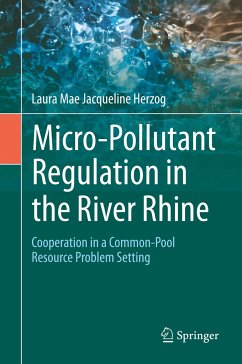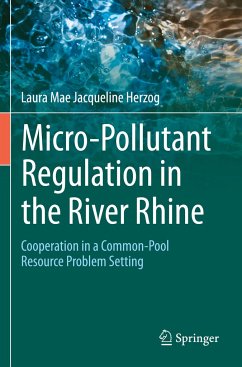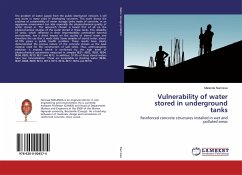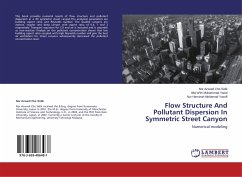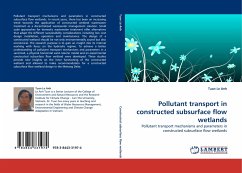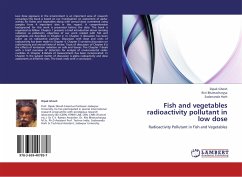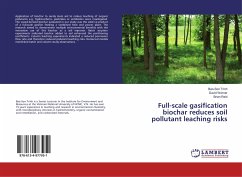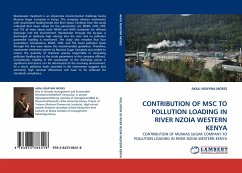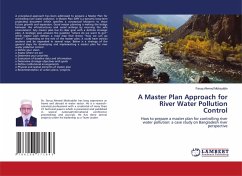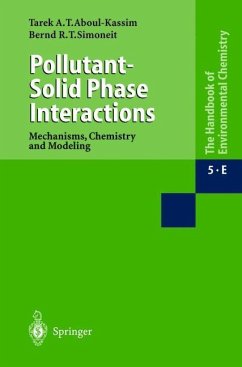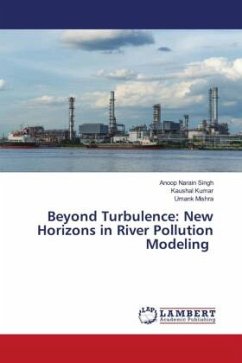
Beyond Turbulence: New Horizons in River Pollution Modeling
Versandkostenfrei!
Versandfertig in 6-10 Tagen
29,99 €
inkl. MwSt.

PAYBACK Punkte
15 °P sammeln!
Material advancement is bound to cause the growth in pollution load. The pollutants, point and non-point sources must be drained off in water resources systems. Under these conditions it is essential to have the impact assessment. Further, the status of the water resource system needs to be evaluated in future course of time. For all these pollution modeling technologies are required. This results in the growth, development and decay of secondary cells in most peculiar way. Separation zones are developed. This leads to enhancement in pollutant logging and deterioration of water quality. This e...
Material advancement is bound to cause the growth in pollution load. The pollutants, point and non-point sources must be drained off in water resources systems. Under these conditions it is essential to have the impact assessment. Further, the status of the water resource system needs to be evaluated in future course of time. For all these pollution modeling technologies are required. This results in the growth, development and decay of secondary cells in most peculiar way. Separation zones are developed. This leads to enhancement in pollutant logging and deterioration of water quality. This erratic change in river dynamics has put the researchers in most treacherous condition to determine the co-efficient of pollutant dispersion using mathematical and physical modeling.





